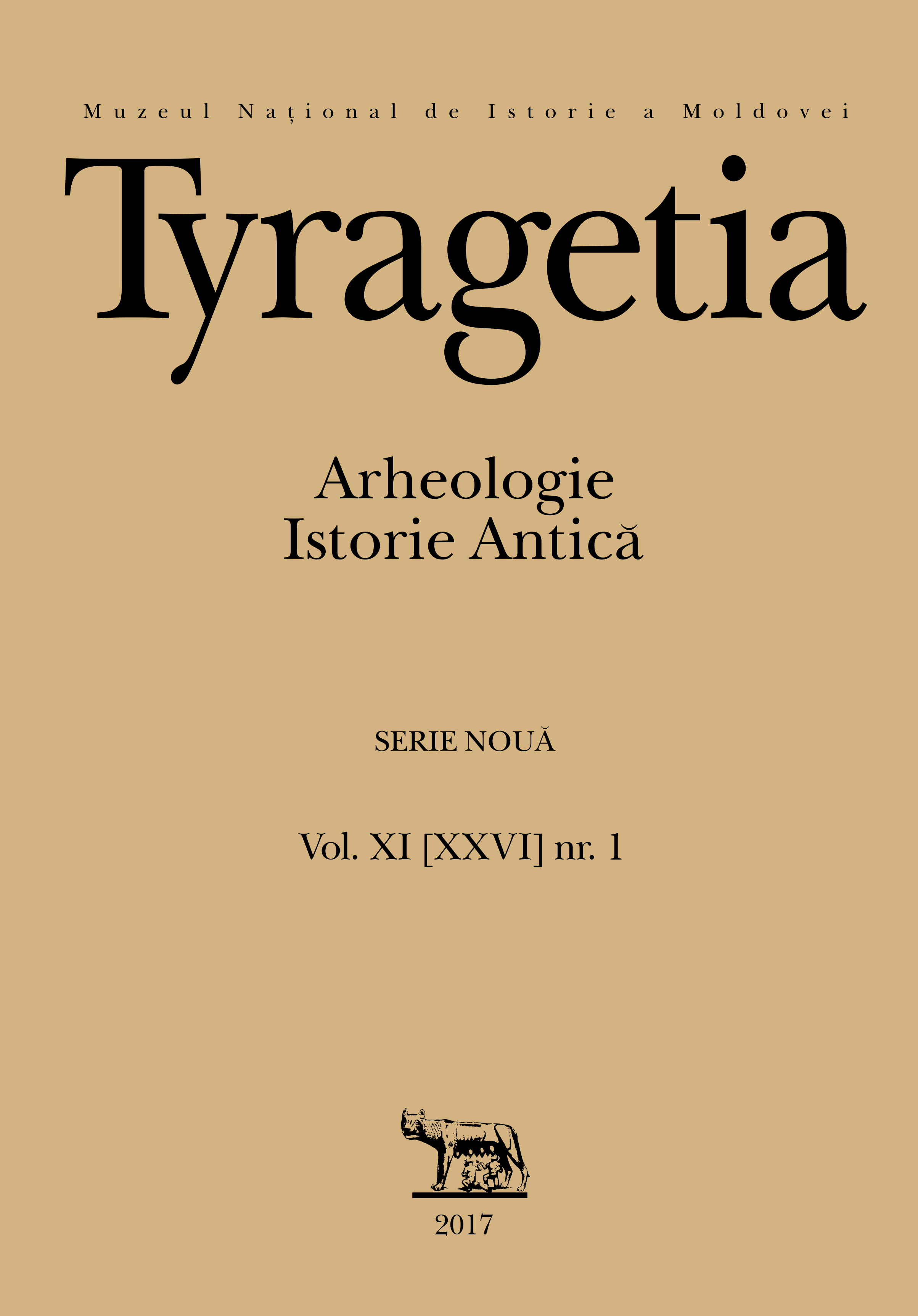Basarabi-Murfatlar şi Corbii de Piatră – unele contribuţii crimeene în bisericile româneşti din evul mediu timpuriu
Basarabi-Murfatlar and Corbii de Piatră – about the Crimean influence on the architecture of the Romanian churches of the early Middle Ages
Author(s): Vlad D. GhimpuSubject(s): Ancient World
Published by: Muzeul Naţional de Istorie a Moldovei
Keywords: churches; Byzantium; Crimea; early Middle Ages; influences
Summary/Abstract: Structural studies of the cave chalk churches in Basarab-Murfatlar (Constanţa County) allow a new way to date this monastery complex the 8th-9th centuries and show that these temples were created under the influence of monks-iconoclasts from the Crimea, which had a great impact on the religious life of Romanians and Orthodox peoples in the Balkans. The churches with the two apses (and altars) did not have a long distribution, perhaps they existed only during the life of the monks who came from the Crimea to new territories. In all likelihood, these temples could not compete with the existing churches, with three apses and three naves, of the Byzantine tradition, where the Trinity was especially revered, which was reflected in architecture. Southern Slavs, having received both samples of churches and the population that joined them before the official Christianization, adopted churches with two apses, but mostly churches with one altar, nave and narthex. The same happened with the Romanians, both under the influence of the Bulgarian and Serbian Churches, and, as we see, directly from the Crimean monks who came to our lands that were under pressure from nomads and did not have much opportunities for independent development.
Journal: Tyragetia (Serie Nouă)
- Issue Year: XI/2017
- Issue No: 1
- Page Range: 253-264
- Page Count: 10
- Language: Romanian

